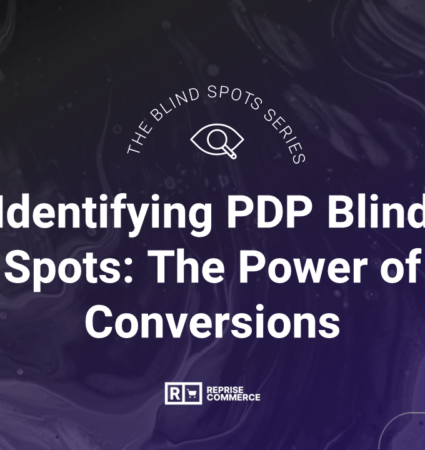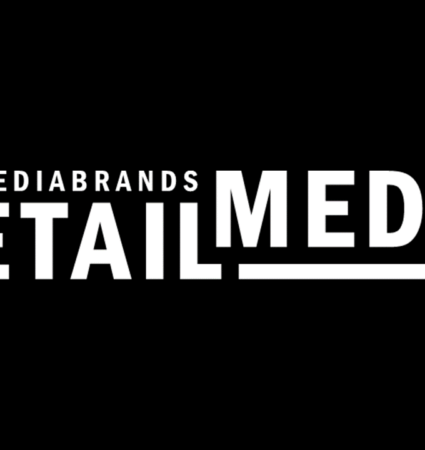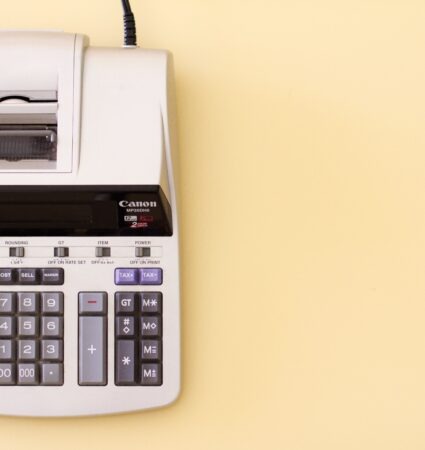Ad verification has become a common practice with media budgets. The concept is simple – ensure the impressions you are paying for are in fact getting in front of your target audience.
The challenge
The practice, however, is often overlooked within onsite Retail Media Networks (RMNs), even though improving ad verification can save thousands of dollars on wasted media spend and brand safety issues and increase efficiency for KPIs and campaign performance.
There are two different types of ad verification that brands should prioritize: Invalid Traffic and Viewability. Invalid Traffic occurs when an impression is created by something other than an online shopper, such as bot traffic, malware (also known as SIVT or Sophisticated IVT), or a search engine crawling a site (also known as GIVT or General IVT).

The other type of ad verification which can be measured is Viewability. This is all about ensuring the ad is visible to the customer, as opposed to being offscreen, but still counted as an impression. The ad must be at least 50% visible on the screen for one second.
It’s important to hold large retailers accountable to ensure you get what you pay for, and in most cases, that’s impressions. Although RMNs are not held to typical ad verification benchmarks, you can still monitor IVT and Viewability through a number of third party vendors.
These vendors can tag ads within RMNs and monitor every single impression to get you IVT and Viewability rates. When looking at the largest three RMNs, they each have a preferred partner that is fully integrated with a different ad verification vendor.
Amazon partners with IAS, Walmart partners with MOAT, and Target partners with Double Verify. By partnering with these vendors and tagging your display ads, you can see down to the placement or audience the percentage of impressions you are receiving compared to what you are paying for.
The Reprise Commerce approach
Back in 2021, we were alerted that one of our brands was falsely charged for hundreds of thousands of impressions, which turned out not to be online shoppers, but bots crawling Retail Media pages.
As a result, we focused in heavily on ad verification. We began tagging and tracking ad verification metrics, as well as holding retailers to minimum benchmarks to ensure our clients’ media budgets weren’t going to waste.
After partnering with vendors and setting up tags on campaigns, we were able to see the percentage of IVT and Viewability and make optimizations to further improve metrics.
Key results
This approach resulted in a larger percentage of ads being seen by their target audiences. And in turn, this has boosted budget efficiencies as well as other consideration and conversion metrics.
After implementing 3rd party vendor tags to track ad verification and making optimizations to increase those metrics, viewability has risen by 89% over the course of an 18-month period and IVT is down 41%.
The result has been a saving of several hundred thousand dollars in ad spend, which is no longer being wasted on false impressions.
Want to know more?
If your brand is buying onsite display media on Retail Media Networks, and you’d like to know what tools are at your fingertips to ensure media budgets are spent efficiently, please get in touch.
Subscribe to our newsletter








